En Pointe – How to Perfect Your Technique
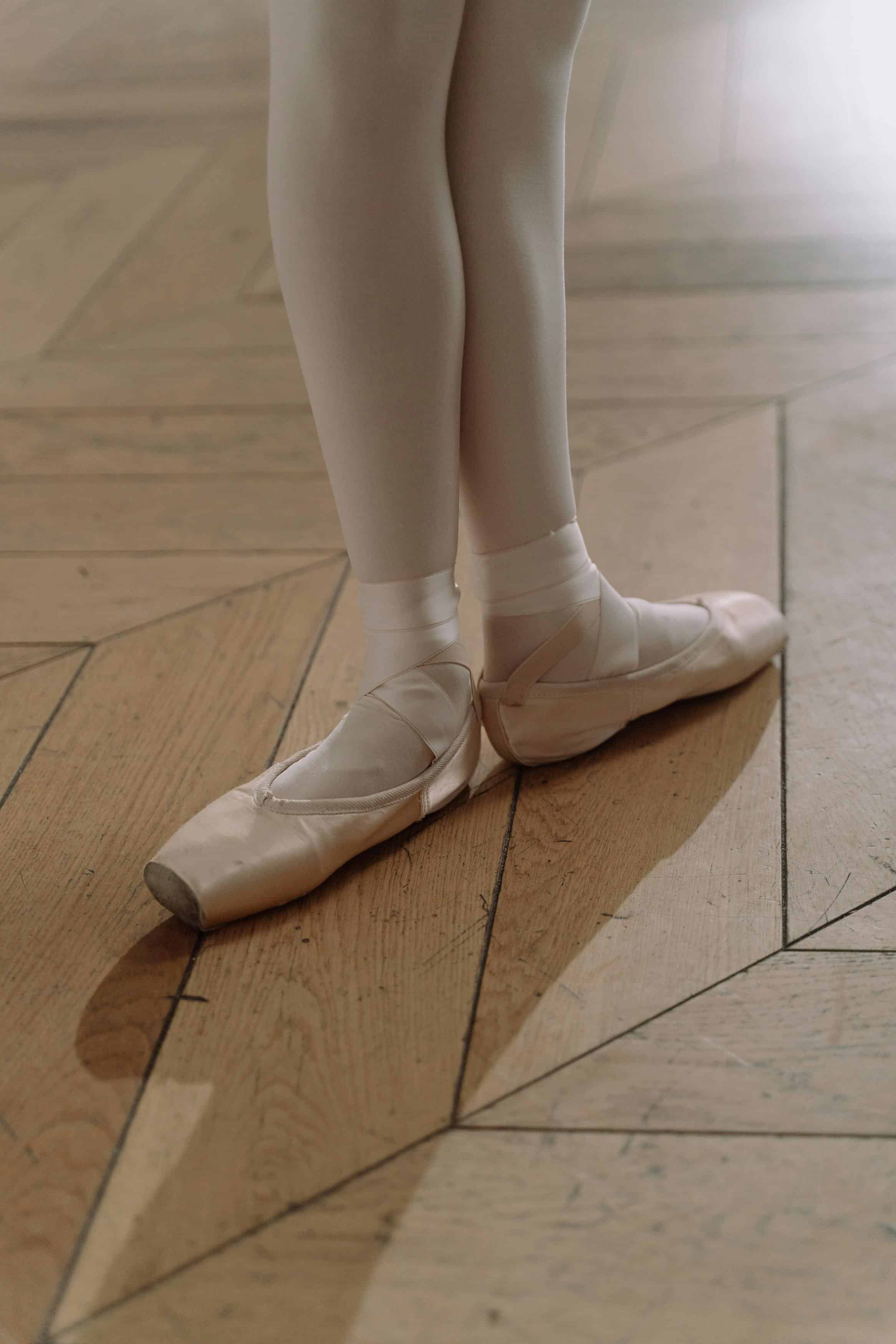
Dancing en pointe is truly magical, but it’s not for the faint-hearted.
While dancers might make balancing on the tips of their toes seem effortless on stage, I assure you, it’s NOT!
Years of hard work, constant practice, and strengthening allow you to do this.
So is dancing en pointe worth it?
Absolutely! There’s nothing quite like the thrill of spinning on a tiny platform or gliding across the stage.
In this blog post, I’ll provide you with beginner and professional tips to master your en pointe technique.
WHAT IS EN POINTE?
En pointe means balancing your entire body weight on a small toe box, supported by specially designed pointe shoes.
Pointe shoes, which have evolved (thankfully for the better), enable dancers to move, turn, jump, and balance on their toes.
However, this requires exceptional technique, coordination, control, and strength.
That’s why dancers dedicate their careers to properly training and conditioning their bodies (especially their lower legs) with targeted strengthening and stretching exercises to handle the intense demands of pointe work.
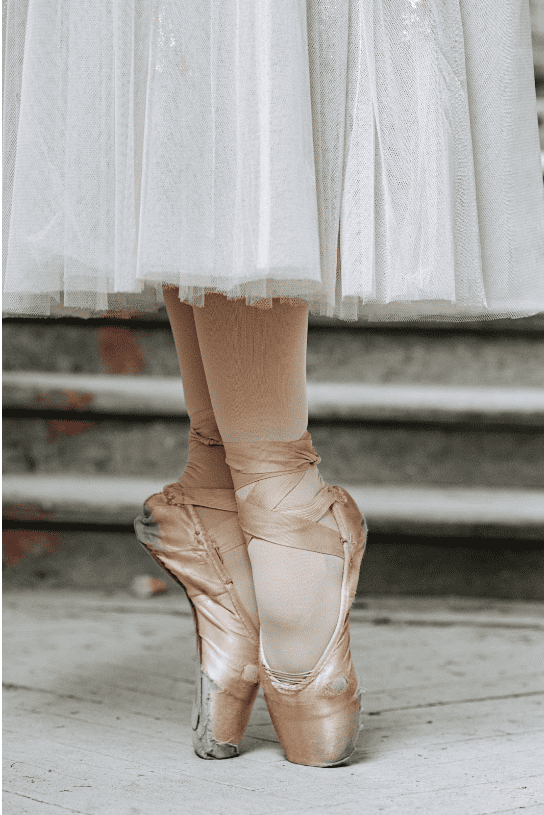
COMMON MISTAKES
Here are three common en pointe mistakes that can be easily avoided with practice and precision.
STARTING TOO EARLY
The first common mistake during en pointe is transitioning too early when your body isn’t fully prepared to handle the demands.
As a young dancer, I remember the excitement of getting my first pair of pointe shoes, and I dreamt of the moment when I could go en pointe.
Despite the excitement, you must remember that pointe work requires significant strength and technique.
Rushing into it without proper muscle development can lead to injuries, and reduce your chance of a long and prosperous career.
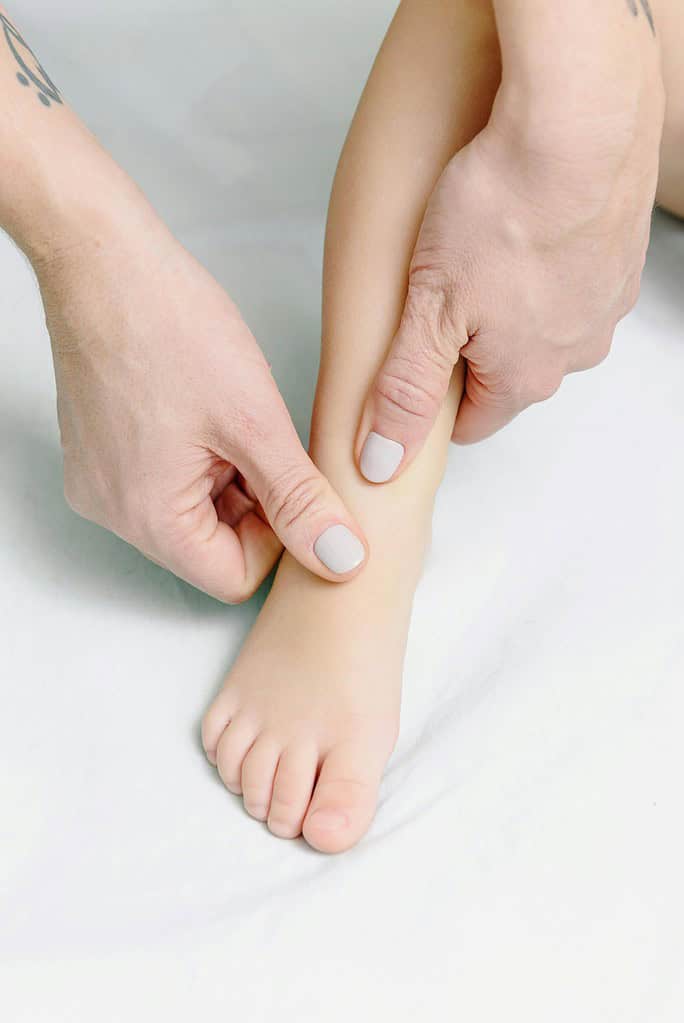
JUMPING ONTO POINTE
The second common mistake is jumping onto pointe rather than smoothly rolling through demi-pointe to full pointe.
This often happens with dancers who are new to pointe work and need more strength, knowledge or awareness.
The proper way to rise en pointe is to engage the entire foot, working from the heel to the ball of the foot and finally onto the toes, ensuring a gradual and controlled transition.
Properly transitioning up and down through demi pointe is crucial for maintaining control.
In doing so, you’ll elevate your technique to the next level and your movement will become fluid.
By avoiding this mistake you’ll have much more control over your shoes and movement.
ILL FITTED POINTE SHOES
It might seem obvious, but the third common mistake is wearing ill-fitted pointe shoes, which can hinder your ability to dance en pointe and lead to pain or discomfort.
I can’t stress this point enough!
Please get your feet properly fitted by a professional with experience in pointe shoe fittings.
A well-fitted shoe gives you the best chance of finding the perfect balance of support and comfort.
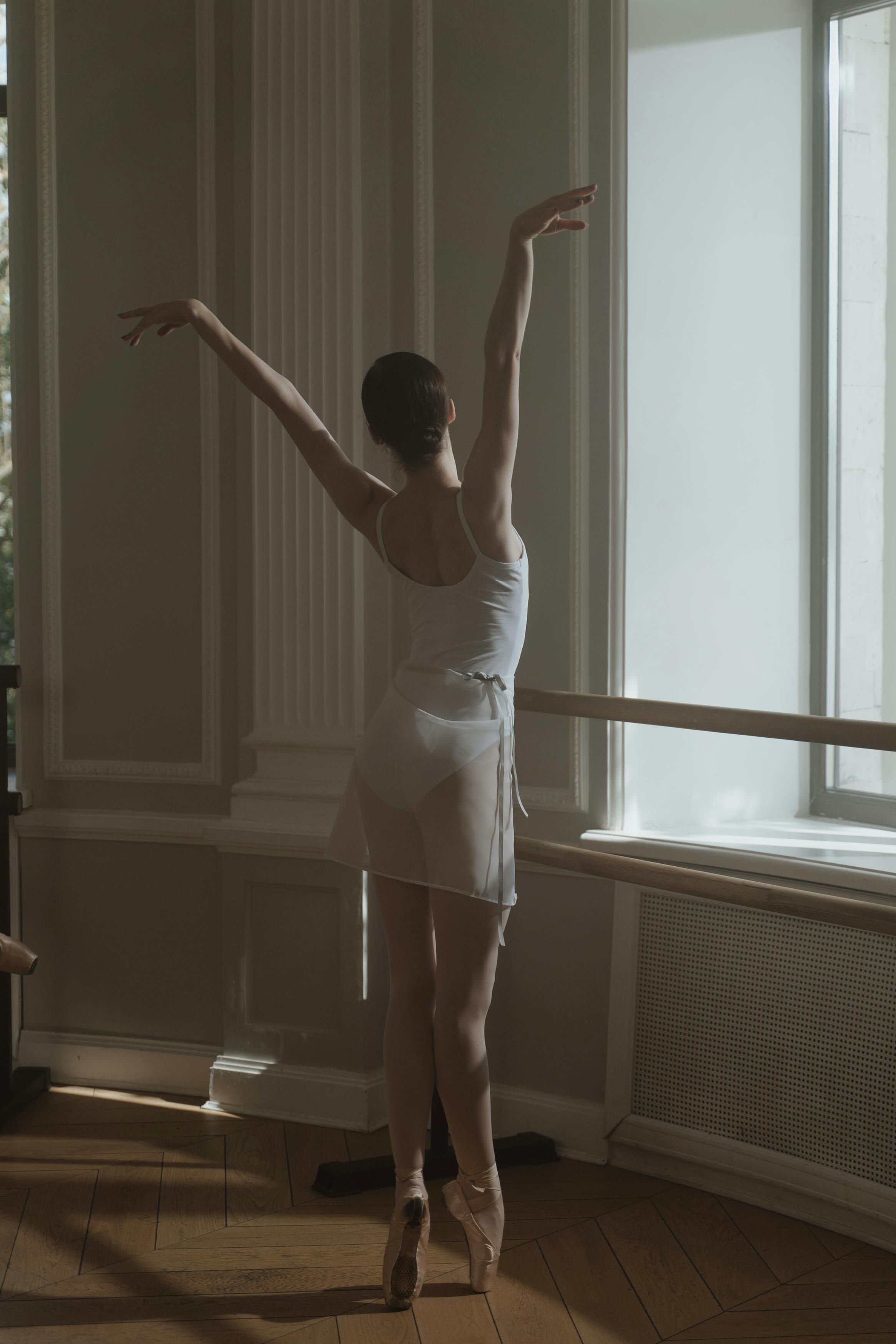
Remember, over time, factors like training intensity, repertoire, and workload can cause your feet to change.
So if your shoes no longer support your dancing or you experience discomfort, it may be time to re-evaluate and try a new style or fit of pointe shoe.
TIPS FOR BEGINNER DANCERS
TIP 1 – STRENGTHEN THE FEET, ANKLES, AND CALVES
To be physically ready for pointe work, it’s crucial to have developed the right muscle strength, particularly in the lower body.
Your feet, ankles, and calves need to be properly developed and strengthened.
RECOMMENDATION
The first recommendation for dancers training to go en pointe, or those who have already transitioned, is to follow a pre-pointe conditioning program.
This should include exercises such as rises and relevés at the barre, along with targeted exercises using tools like a Thera Band or overball.
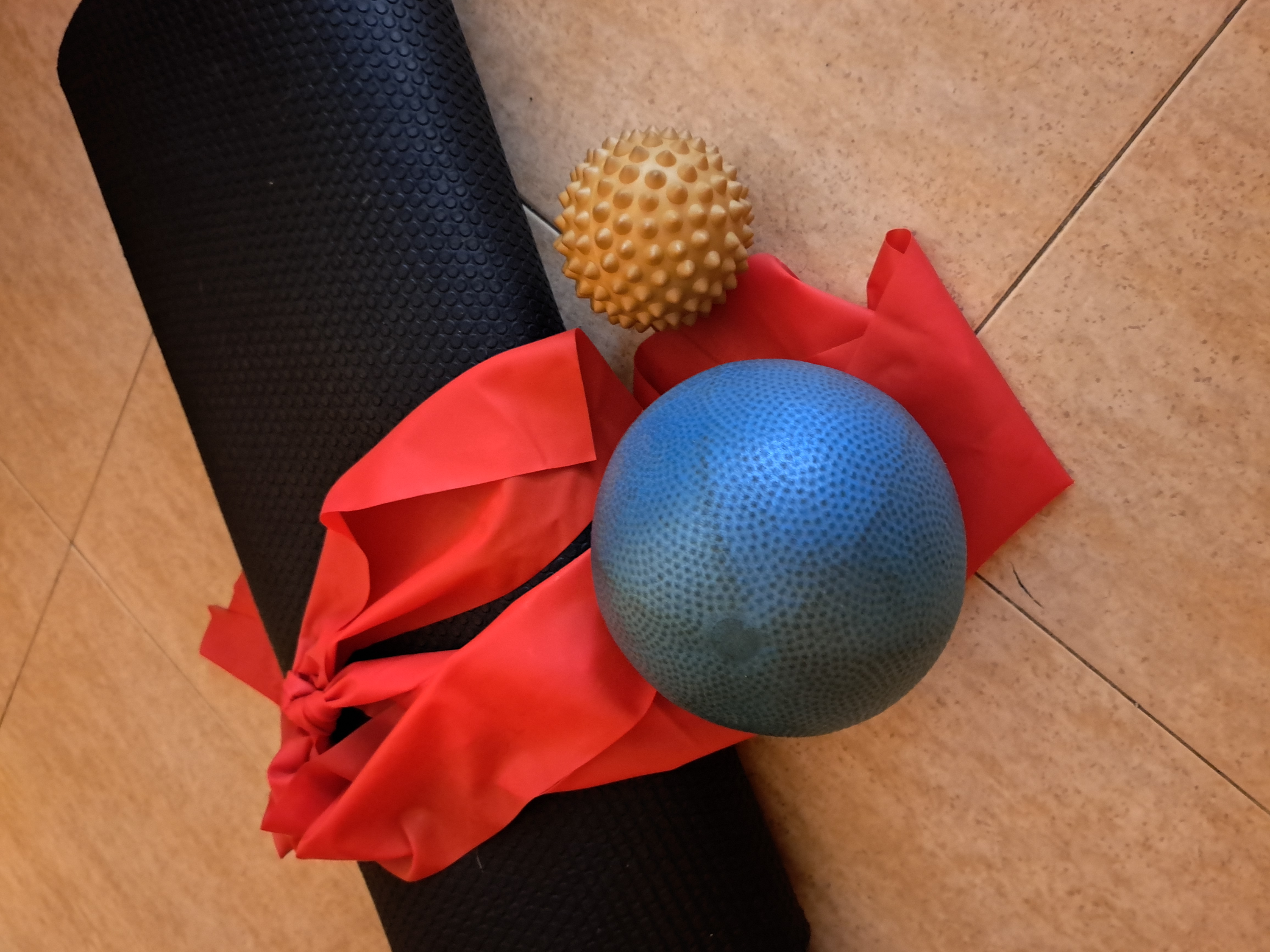
Calf raises help to strengthen and stabilise the calves and ankles, while exercises focusing on the intrinsic muscles of the feet are vital for building the strength and control required for pointe work.
Pre-pointe preparation will give you a solid foundation to begin pointe work safely and correctly.
TIP 2 – STRENGTHEN THE INTRINSIC MUSCLES
The intrinsic muscles of the feet provide the necessary strength to fully stretch your toes in pointe shoes, while also offering the control needed to smoothly rise all the way up onto your toes.
These muscles are essential for both stability and proper foot articulation during pointe work.
RECOMMENDATION
One of the best exercises for dancers to strengthen their intrinsic foot muscles is toe scrunches using a towel.
This exercise specifically targets the small muscles in the feet, helping to improve control and strength in the toes and arches.
Let’s begin:
By doing this exercise, you’ll improve your foot articulation and strength.
TIP 3 – GROOMING AND HEALTH
Equally important to strengthening your feet is maintaining proper foot hygiene and grooming.
Protecting your feet ensures greater comfort while dancing en pointe and helps prevent common issues like blisters, calluses, and infections.
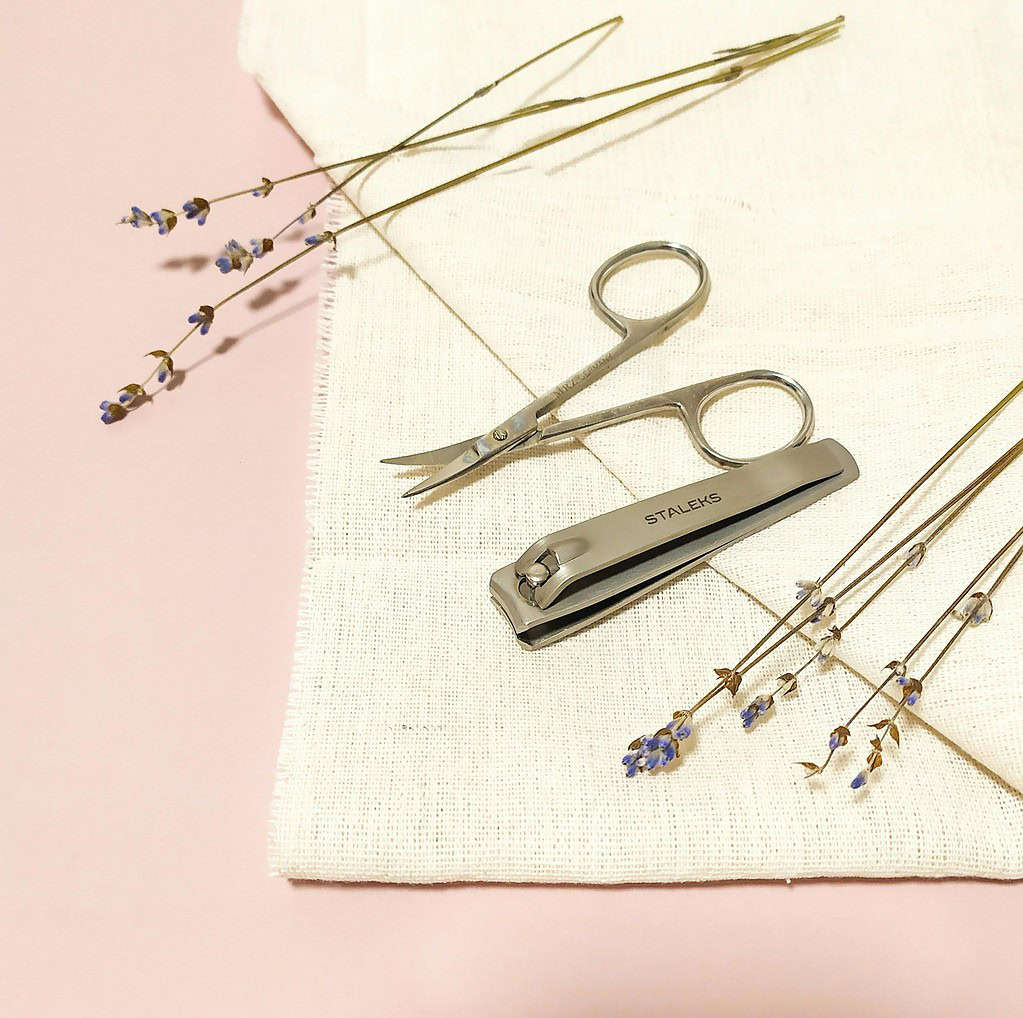
RECOMMENDATION
Keep your toenails trimmed short to avoid discomfort inside your pointe shoes.
If you develop blisters, dry them out or keep them covered to prevent further irritation.
For added protection, there are many options you can use inside your pointe shoes to create an extra barrier for your toenails and blisters.
Check out the below products that I frequently use to create an extra barrier for your toenails and blisters:
Remember you don’t have to dance in pain!
TIPS FOR ADVANCED DANCERS
TIP 1 – ROLLING UP AND DOWN THROUGH POINTE
Professional dancers often appear to rise onto pointe seamlessly because of their extensive training and muscle control.
They have mastered the intricate movements through years of practice, achieving smooth and controlled transitions and can roll through demi-pointe and work their pointe shoes with exceptional quality.
RECOMMENDATION
Mastering this technique is a gradual approach and requires consistent practice.
A great way to practise rolling through your pointe shoes is at the barre, starting from a flat 1st position and gradually rising to pointe.
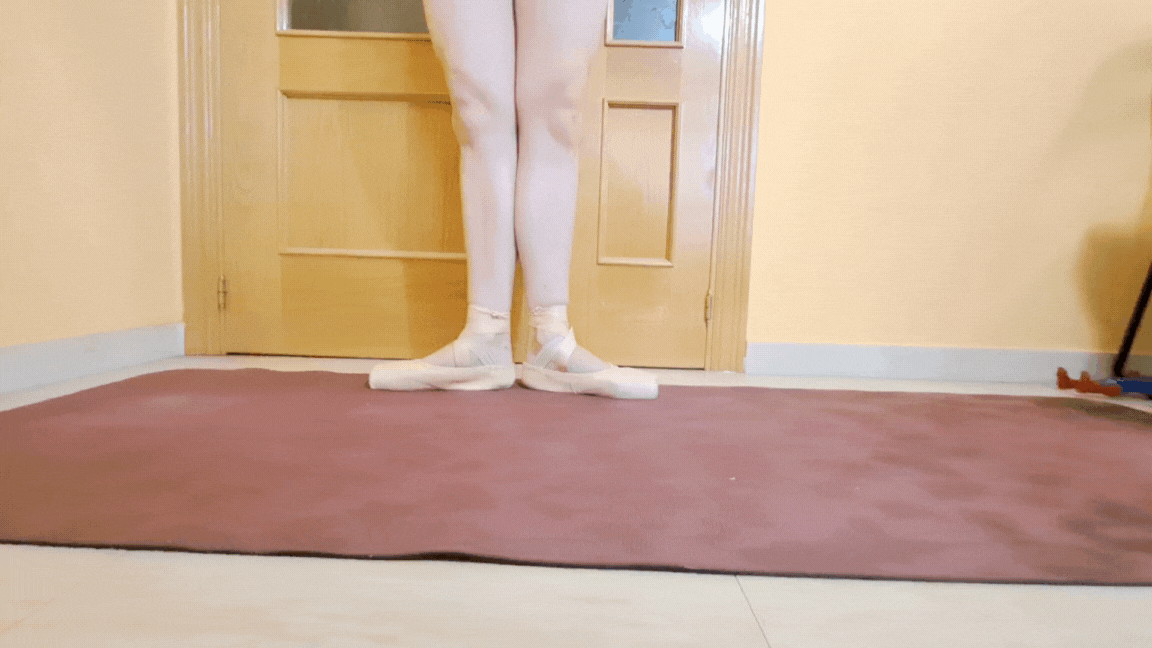
Focus on moving from a low demi pointe to an extremely high demi pointe before reaching the top of your shoes.
Additionally, practising fast repetitions from your highest demi pointe to pointe without lowering your heels can effectively target and strengthen your intrinsic muscles.
This will help you develop the strength needed to rise onto pointe with control, improve flexibility in the shank of your shoe, and avoid relying on the momentum of your releve.
Get ready for powerful toes!
TIP 2 – MAINTAIN ROTATION
When dancing en pointe, our surface area is significantly reduced to a small platform, making it crucial to maintain turnout and rotational strength.
With less friction on the ground, dancers must rely heavily on their muscle strength to hold balances and execute pirouettes with precision.
Proper technique and strong, controlled rotation are essential for stability and control on such a narrow base.
RECOMMENDATION
If you notice your legs rotating inward, exercises targeting the deep rotators, like clam shells and floor barre exercises, can be highly effective.
These movements help isolate and strengthen the deep hip and glute muscles which are essential for maintaining proper turnout and alignment.
This exercise will benefit both your pointe work and overall ballet technique.
TIP 3 – TECHNIQUE AND COORDINATION
Once you have a better understanding and ability to dance en pointe, the next step is to be able to perform the same movements on flat with pointe shoes.
This is quite a different feeling but strong coordination and technique will allow you to make this transition effortlessly.
Wait, say that again?
You heard me right.
You’ll need to find a new centre of gravity and turning sensation en pointe but trust me, with practice and careful attention to your technique, you’ll be able to make this shift with greater ease.
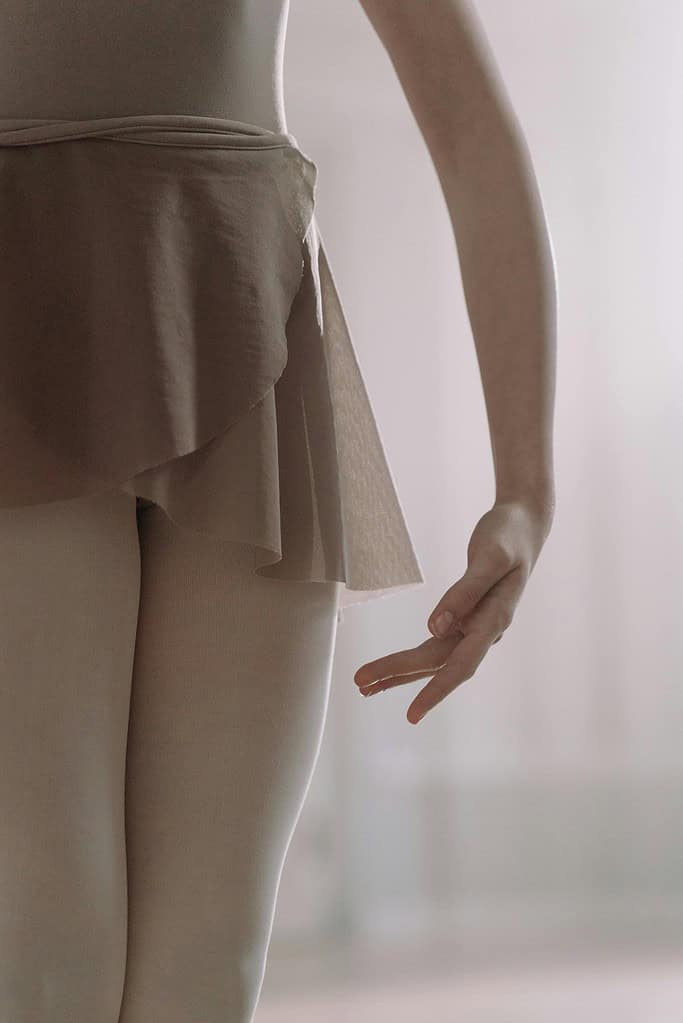
RECOMMENDATION
To be honest, the best way to improve your technique and coordination is to practise consistently and revisit the basics.
Break down each movement and focus on how your legs and arms work together.
Use a mirror for feedback and start slowly.
For example, if you’re working on pirouettes en pointe:
Building up like this will solidify your foundation and help you refine your technique.
EN POINTE FAQS
WHEN CAN YOU START POINTE WORK?
The right time to start pointe will vary for each dancer, but as a general rule, you can begin around the age of 11 to 13.
Mind you, this will depend on factors like bone maturity, training, technique, and mental readiness.
WHY DO YOU NEED TO UNDERGO PRE-POINTE TRAINING?
You should undergo pre-pointe training to prepare your body for the demands of pointe. This foundational work will ensure you have the stability and control needed to dance safely en pointe.
WHAT IS INCLUDED IN PRE-POINTE TRAINING?
Pre-pointe training includes exercises to strengthen your intrinsic foot muscles, such as rises and relevés at the barre, along with targeted exercises using tools like a Thera Band or Overall to build ankle and calf strength.
WHAT IS THE PROPER WAY TO RISE EN POINTE?
The proper way to rise en pointe is to engage the entire foot, working from the heel to the ball of the foot and finally onto the toes, ensuring a gradual and controlled transition.
This requires significant strength in the intrinsic muscles of the feet, the calves, and the ankles, as well as balance and control in the core and legs.
ON POINTE OR EN POINTE?
While both terms can be used in certain contexts, when discussing ballet specifically, the correct phrasing is ‘en pointe’, following the traditional French terminology.
WRAP UP
Dancing en pointe is the dream of aspiring dancers.
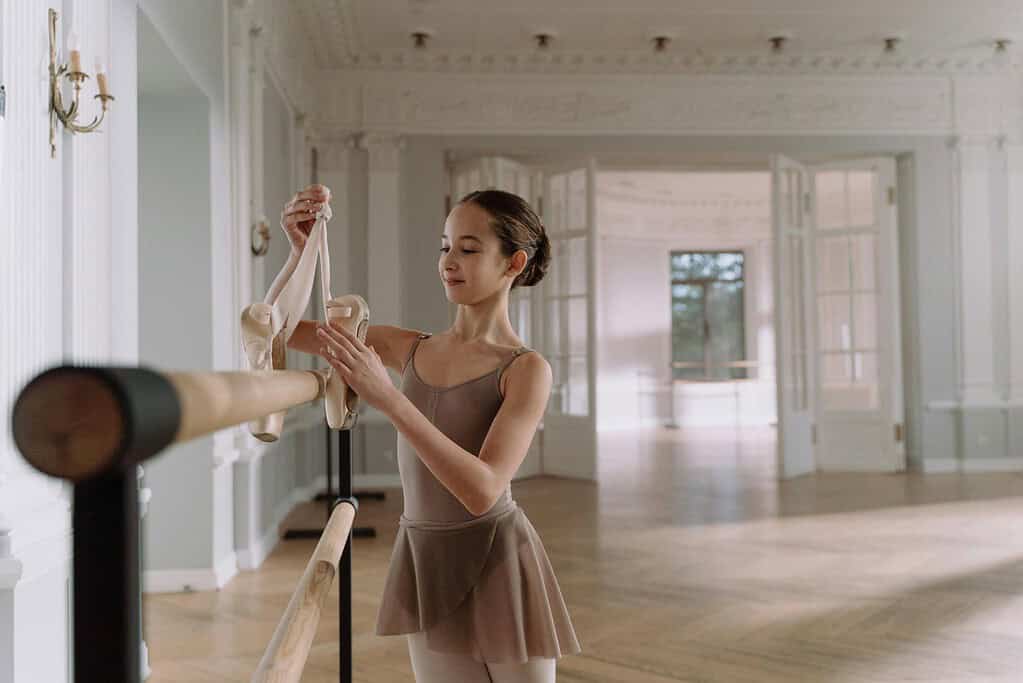
With proper training and consistent practice, your strength, precision, and technique will continue to develop, supporting your pointe work.
I won’t lie, the process can be challenging.
But by starting with proper training from the onset, you’ll be able to avoid bad habits and issues later on.
Once you master the fundamentals, your dancing and artistry will reach new levels of finesse and grace.
Good luck, and reach out if you need more support.






